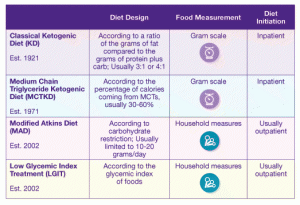November 2017
Paolo Bazzigaluppi, Azin Ebrahim Amini, [...], and Peter L. Carlen
Abstract
Epilepsy afflicts up to 1.6% of the population and the mechanisms underlying the appearance of seizures are still not understood. In past years, many efforts have been spent trying to understand the mechanisms underlying the excessive and synchronous firing of neurons.
Traditionally, attention was pointed towards synaptic (dys)function and extracellular ionic species (dys)regulation. Recently, novel clinical and preclinical studies explored the role of brain metabolism (i.e., glucose utilization) of seizures pathophysiology revealing (in most cases) reduced metabolism in the inter-ictal period and increased metabolism in the seconds preceding and during the appearance of seizures.
In the present review, we summarize the clinical and preclinical observations showing metabolic dysregulation during epileptogenesis, seizure initiation, and termination, and in the inter-ictal period. Recent preclinical studies have shown that 2-Deoxyglucose (2-DG, a glycolysis blocker) is a novel therapeutic approach to reduce seizures.
Furthermore, we present initial evidence for the effectiveness of 2-DG in arresting 4-Aminopyridine induced neocortical seizures in vivo in the mouse.
Conclusions
Epilepsy can be caused by diverse mechanisms and this combined with the challenge of identifying the etiology of every patient’s epilepsy, and the high number (up to 22%, [120]) of drug-resistant epilepsy cases (for review, [121]), call for a shift towards interventions which affect the excitability of epileptic neuronal systems regardless of the synaptic and/or voltage-gated channel alterations present in the relevant neurons.
Understanding the differences that the primary metabolic substrates, glucose vs. ketones, exert on neuronal excitability offers the opportunity to selectively target hyperexcitable units while guaranteeing adequate level of metabolites for the rest of the brain.











